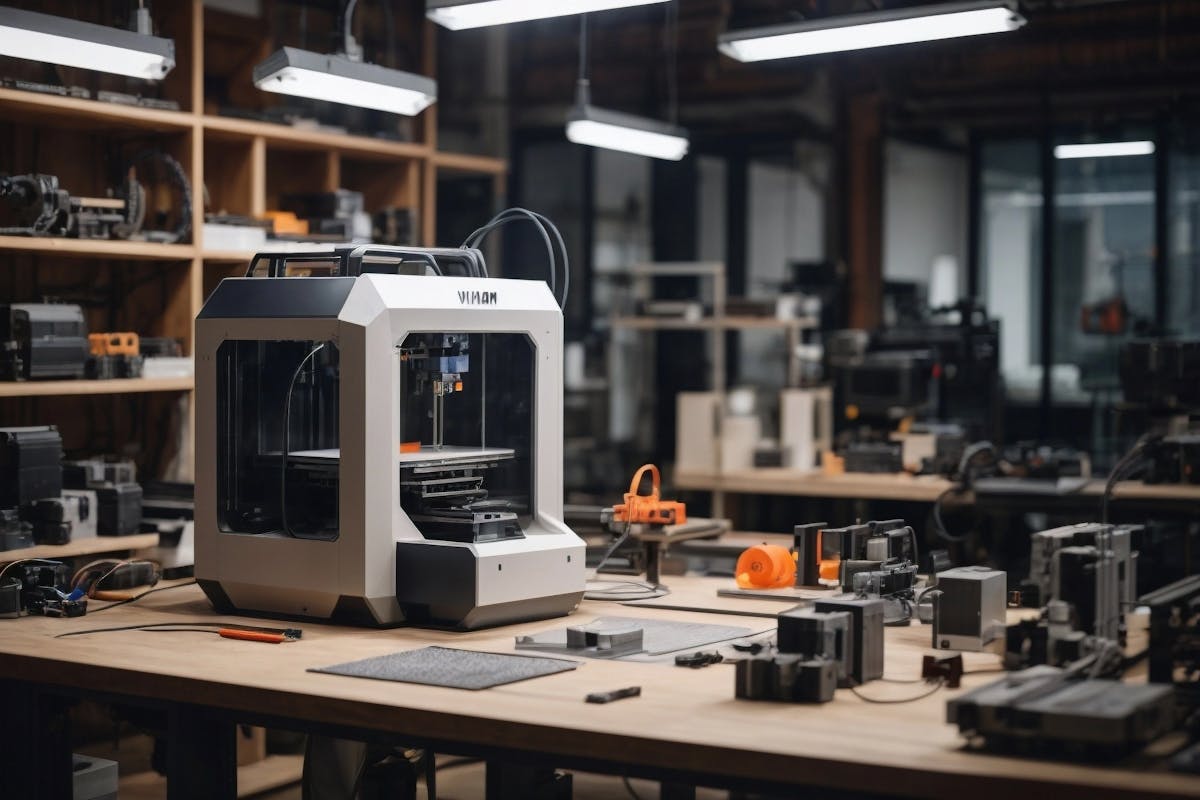
Revolution Vs Tradition
MANUFACTURING SHOWDOWN - A Battle between 3D Printing & Traditional Manufacturing
3D printing offers a wide range of unparalleled characteristics which makes it exclusive let's start with production speed if we carefully observe the production process and its sprint in both processes, we find that 3D printing is more prompt compared to traditional processes. These are generally slow processes as they are subtractive, formative, and even require frequent tool changes and lead time is also high therefore in this case 3D Printing takes an upper hand.
Wait for a while it's not over yet! we will now consider that flexibility and pliancy gain an upper hand in 3D printing, this is because of various manufacturing constraints to the traditional processes, if we take a look at 3D printing it is not constrained as much as the former one due to which this stage is also lead by 3D printing.
Currently,mass production, strength, durability, and regulatory compliance are the sectors dominated by traditional methods but it won't be so in the near future because the 3D printing sector is developing at a phenomenal pace and even embedding Machine Learning which gives us the hope to raise up as early as possible. Traditional methods outmanoeuvre 3D Printing at this stage.
Post-processing and waste generation are comparatively less in 3D printing and even the waste can be reused to generate gallery or other showcase items in the case of 3D printing by converting waste into pellets through a pellet extruder but in traditional methods it’s not the case they require extensive finishing, and much wastage is produced.
Finally, it is time to conclude the Battle’s result as in the case of Batch production 3D printing surpasses traditional methods while if it’s the case of cost-effective mass production, compliance, and speed in some cases such as injection moulding, die casting etc. traditional methods establish supremacy.